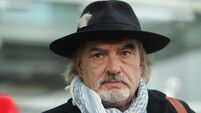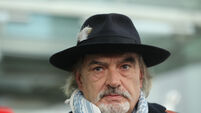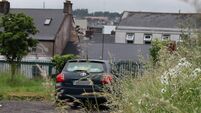Jim Sheridan: 'I hope my film brings justice for Sophie...'
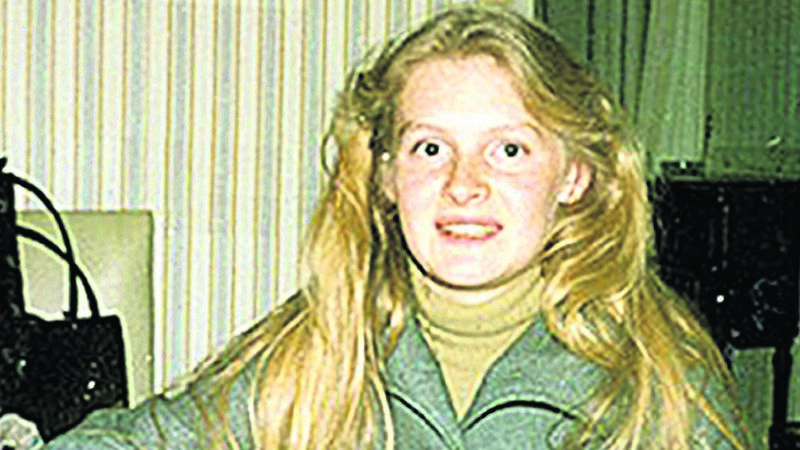
Sophie Toscan du Plantier’s murder in West Cork 29 years ago has never been solved.
The murder of Sophie Toscan du Plantier occurred on a quiet lane outside her holiday home in Toormore, near Schull, in West Cork.
Her body was discovered on December 23, 1996, but she had been killed the day before.
Despite witness statements and a thorough investigation, the identity of her murderer has never been uncovered.
Ian Bailey, an English journalist living in Schull, was the main suspect, but he consistently maintained his innocence until his death last year.
Although he was found guilty in absentia by a French court, the Irish authorities refused to extradite him, citing a lack of evidence.
The multi-award-winning director Jim Sheridan has a long-held fascination with the story. His quest for answers led him to make the documentary Murder At The Cottage: The Search For Justice For Sophie, released on Sky in 2021.
Sheridan’s mission to find the killer of Toscan du Plantier continues, and the evidence is explored in his latest film, Re-Creation The Trial Of Ian Bailey.
The fictionalised drama imagines what would have happened in the jury if Bailey had gone on trial for the murder. The film is co-directed and co-written with David Merriman.
Sheridan explains how the new film came about.
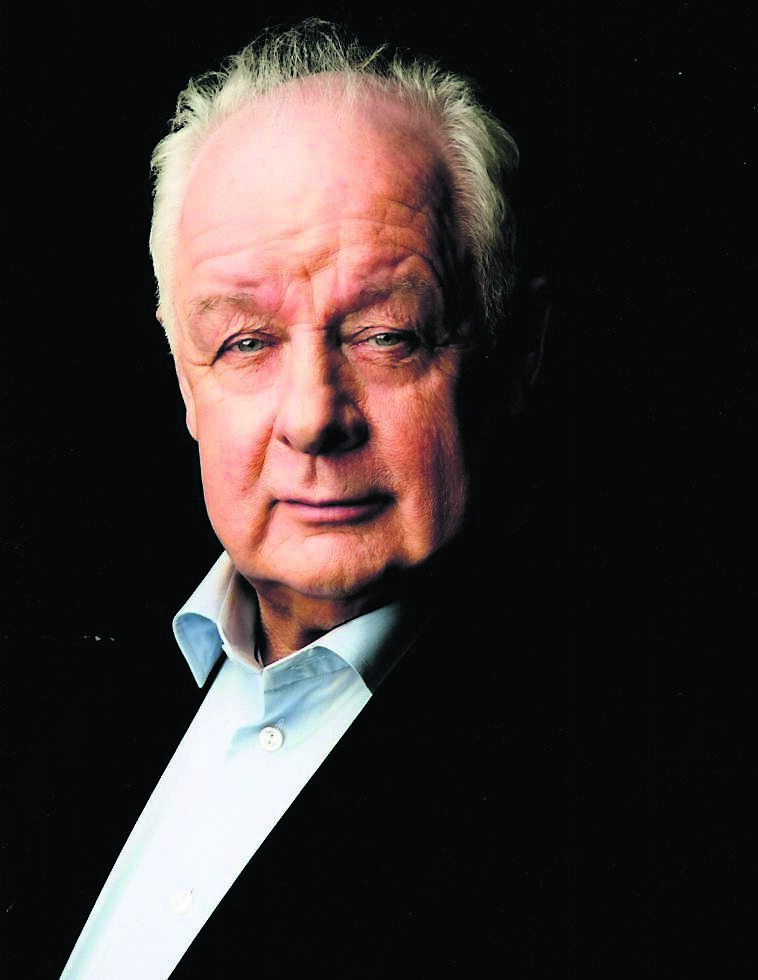
“I’m fascinated with the case, and I just couldn’t let it go.
“I started doing a documentary with Dave [Merriman]. It was going to be me interviewing Vicky Krieps as Sophie, but it was going over budget, so we decided to do it as a jury room.
“We wanted to do a fiction, not so we could say things we couldn’t say in it factual, but so we could get emotion into it.”
Merriman and Sheridan had worked together previously, and Merriman says Sheridan’s fascination with the case was contagious.
“Jim and I worked on Rock Against Homelessness, a documentary about the annual gig, and we got chatting. His obsession is contagious, and it struck a nerve in me.
“Over the course of the next little bit, I started looking at different things and became really interested in it.
“I became convinced, like Jim, that there was no evidence that I could see that Ian Bailey did it, and that nobody had been called to account for killing Sophie, so that’s why we ended up doing it this way.”
Sheridan’s interest in the case didn’t begin until several years after the murder, when an invitation to a film festival made him question Toscan du Plantier’s decision to make the long journey to Ireland over Christmas week in the lead up to her death.
“About 12 years ago, I was invited to the first Fastnet Film Festival, but there was another festival on that weekend,” said Sheridan.
“I said, well, I have to go to Cannes, so if I was to get to your festival, I have to fly to Cork, and there’s no direct flight, so I have to go to Dublin, and then Cork, and then you pick me up, and it would take 10 or 11 hours.
“I started thinking, why would Sophie do all this to come to fix the boiler on Christmas week? It just didn’t make sense.”
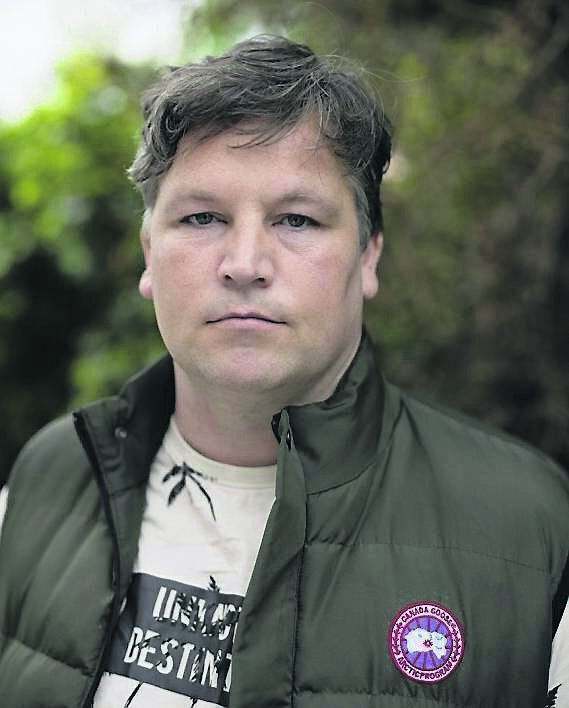
Merriman explains how the pair conducted extensive research on existing evidence and delved deeper with the help of experts.
“We worked for several years, hiring FBI agents, blood spatter experts, and pathologists.
“The pathologist in the film is real; he gave us an interview for the documentary, and we put the interview in the film with the new information that he had discovered.”
As Merriman says, new information is presented in the film, but did their research reveal anything else?
Sheridan says yes, but it is not all shown in the film.
"We weren’t able to say everything we thought,” he added.
Most of the film is set in the jury room, but we do see Ian Bailey’s character at certain times. He is played by Colm Meaney, but he has no dialogue.
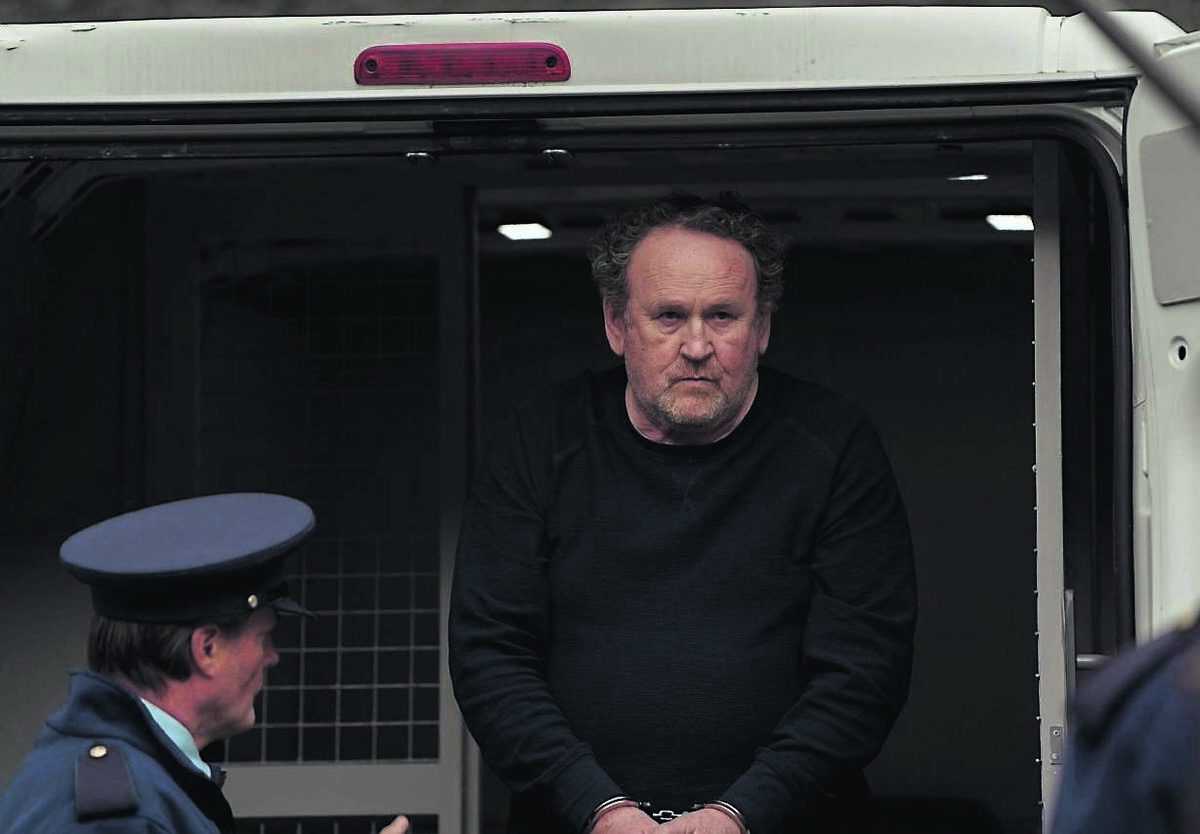
Was this because Sheridan thinks Bailey already said enough in his lifetime?
“We thought he talked himself into trouble so much that we just neutralised that and did not have him explain himself,” explained the director
“He once told a journalist he was the chief suspect. He was like a frog in hot water. He loved that it was warm, but he didn’t realise that the temperature would get so high, it would kill him.”
Sheridan says he hopes that Toscan du Plantier’s family in France will watch the film.
“I’d love them to see it. I hope they do. We keep in touch with them as much as we can, as much as they allow.
“We’re sensitive to the family, and hope that this helps to bring the story even more into the public domain and get some resolution.”
Merriman believes that keeping the story in the public eye will help to achieve a resolution.
“The family continually keeps Sophie in the media, and they are right to; it’s the only way to apply pressure to systems to get an answer.
“We’re doing the exact same thing. We disagree about who the suspect is, but I’ve an enormous amount of empathy for them and no interest in upsetting them.
They don’t believe that an investigation was done properly. If they did, even if you believe Ian Bailey did it, then why isn’t Ian in jail?
“We want the same things. We’re trying to cause enough trouble to get people to pay attention, which is exactly what the family is doing with their organisation, and they’re 100% right to do it.”
Sheridan hopes that the murderer will one day be identified.
“I hope so. That’s one of the reasons we made it; we’d love them to give us more information about the unknown male DNA they have. We just want the truth to come out.”
Re-Creation: The Trail Of Ian Bailey is in cinemas from October 3. Cert: 15a
